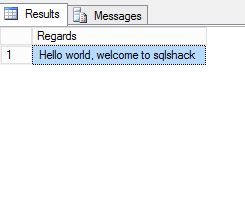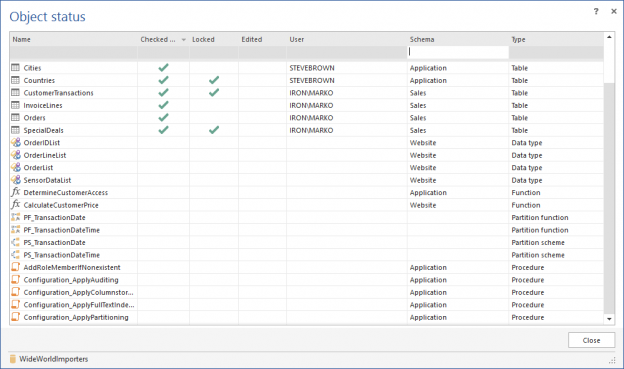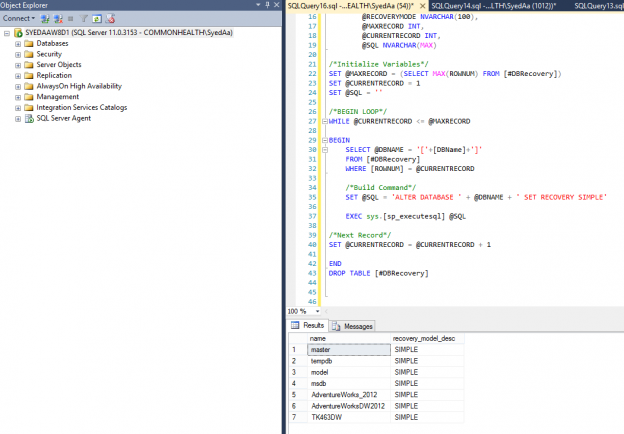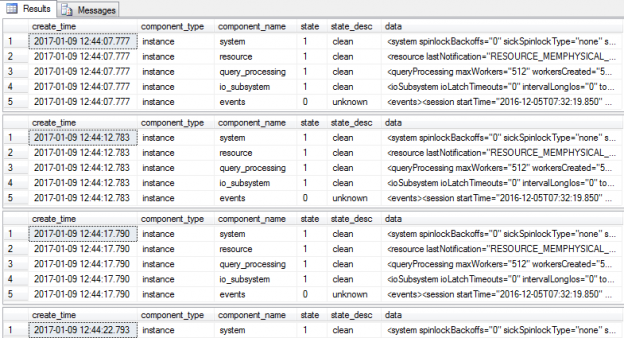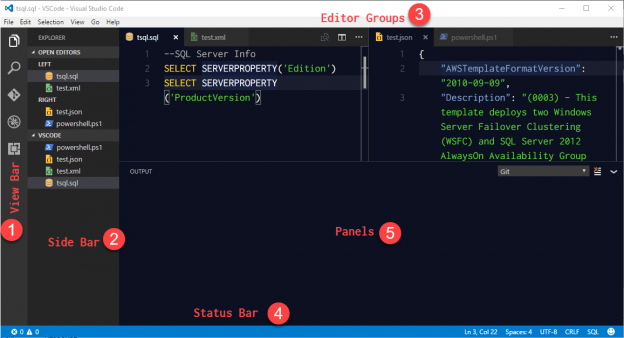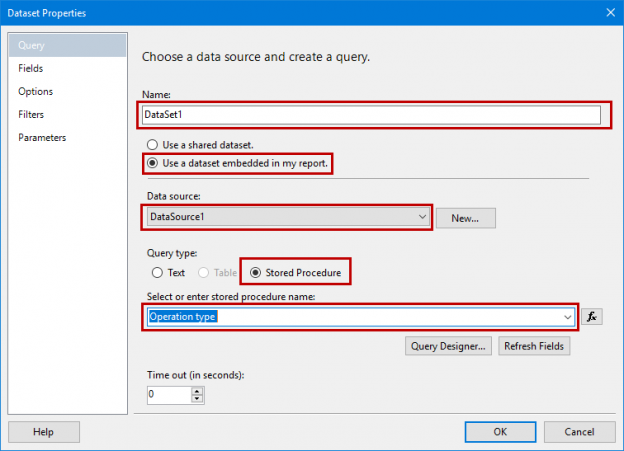Introduction
In a previous article, Functions vs stored procedures in SQL Server, we compared Functions vs stored procedures across various attributes. In this article, we will continue the discussion. We will talk also about Table-valued functions and compare performance with stored procedures with table valued functions and scalar functions.
Read more »

